When the Whitworth art gallery in Manchester won the Art Fund’s Museum of the Year award in July, Nicholas Serota, the director of the Tate, used this regional triumph to express his concern that the UK’s museums and galleries risk losing their “energy and brilliance” in the face of the government’s austerity programme. “Over the past 10 years, we have seen what has undoubtedly been one of the great successes of the past 20 or 30 years: the way museums play a part in wider society,” Serota said. “And especially since 2008, we have seen that achievement threatened.”
Few in the museum world would disagree. It is in the field of contemporary art that the regions have been transformed the most. Alex Farquharson, currently the director of Nottingham Contemporary and recently appointed by Serota as the next director of Tate Britain, says that “major regional centres for contemporary art” like the Arnolfini in Bristol, Modern Art Oxford and the Ikon gallery in Birmingham have long produced internationally acclaimed programmes, but that the boom in the past two decades in regional art centres principally dedicated to contemporary art “has provided the infrastructure the country needs”, so that the UK can rival Germany, the Netherlands and France. “With that have come opportunities for a newer generation of curators-turned-directors to lead these places in pretty exciting ways,” Farquharson says. “That’s why a lot of the visionary programming has happened outside London.”
Not just froth A big factor is the shift in the relationship between regional galleries and national museums. “We are getting a rebalancing in some ways,” says Simon Wallis, the director of the Hepworth Wakefield, “and it is not just froth. It’s based on great, strong organisations that are all over the country and have an international presence as well as a national and local one.” He highlights the Plus Tate initiative, which encourages galleries to “exchange ideas, knowledge, skills and resources”, and Maria Balshaw, the director of the Whitworth and Manchester City Galleries, concurs. “It is so far away from, ‘We’ll lend you our good stuff because you’re poor and benighted and stuck in the north,’” she says.
Wallis suggests that national museums such as the National Gallery and the British Museum need to develop similar programmes. “It isn’t about galleries in the regions waiting for that to happen. We need to broker those relationships and nurture them, and push them forward, so there is more of an equal partnership,” he says.
The most striking advances in this area are driven, like many success stories, by smart, energetic people. “There is really great leadership across many of the regions’ galleries and museums,” Balshaw says, “and we’re connected to each other—that’s part of it as well. There’s a sense of a strong peer group who are making museums and galleries relevant and successful in the 21st century.”

Maria Balshaw Director of the Whitworth, University of Manchester and Manchester Art Galleries
Maria Balshaw is most strongly associated with the Whitworth, which was named the 2015 Museum of the Year after a £15m revamp hugely expanded its exhibition space. She has run Manchester City Galleries, which is also enjoying a renaissance, for the past four years.
Balshaw says that the warmth towards the city reflects the fact that Manchester City Council and the University of Manchester, which runs the Whitworth, “are really understanding the importance of the collections and the institutions they have. So there has been significant investment and support.” She adds that, while the funding situation is difficult, “there is such political support and cultural enthusiasm from our audiences that I’ve been able to lead both institutions to a point where they are their best selves”.
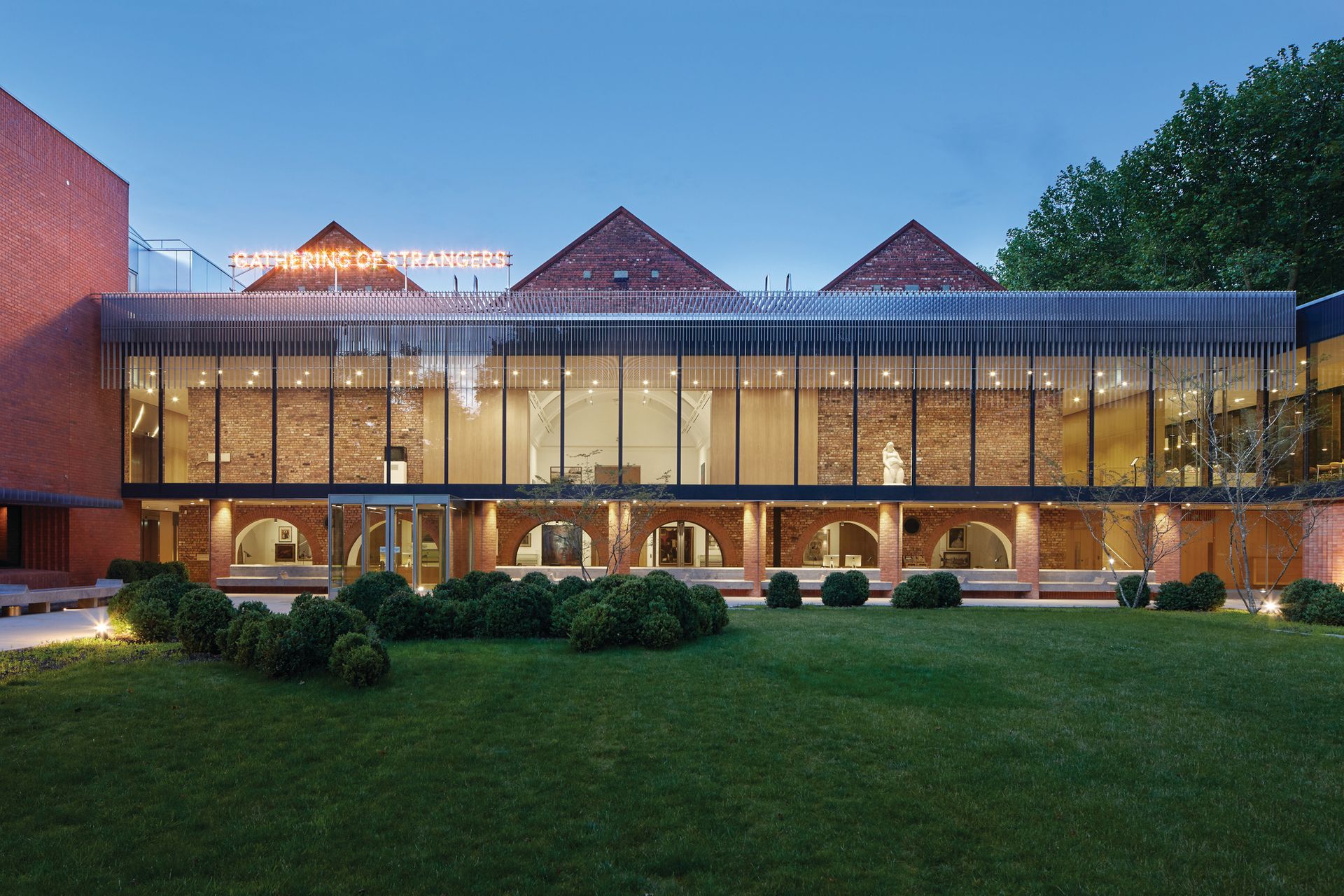
Balshaw has instigated “a dynamic and wide-ranging programme of exhibitions” as well as “reviving interest in the collections”, she says. “The starting point has to be that there are internationally important collections in our regional cities.” She has “allowed historic collections to be part of the dialogue about the Modern and the contemporary”. Raqib Shaw’s 2013 project included his response to George Stubbs’s Cheetah and Stag with Two Indians (1764-65): the works were hung opposite each other. Such juxtapositions challenge visitors “to step beyond what they know”, she says.
Balshaw admits that “nobody who operates in a local authority or in a higher education context would describe their funding climate as healthy”, because “the government is shrinking the state”, but she remains optimistic “because Manchester is ambitious and is growing”, she says. And her museums are thriving. “In the year the Whitworth reopened, the Manchester Art Gallery had its busiest year ever, so all the city’s institutions have had an increase in visitors caused by more people coming to the Whitworth.”

Simon Wallis Director, the Hepworth Wakefield
The Hepworth Wakefield’s popular success mirrored that of another David Chipperfield-designed building, Turner Contemporary, in reaching one million visitors within two-and-a-half years of opening its doors in mid-2011, but the Hepworth is otherwise a very different institution. Where Turner Contemporary is a kunsthalle, the Yorkshire gallery is built on decades of collecting, having combined the town’s holdings (including what the institution’s director, Simon Wallis, describes as “some world-class pieces”) with the Hepworth Family Gift—44 of Barbara Hepworth’s working models alongside works on paper.
Among Wallis’s key achievements is the way he has consistently refreshed the displays of the collection and complemented them with a dynamic exhibition programme. “It’s getting the balance right, making sure you work the collection as hard as you do the temporary shows,” he says.
And the collection is growing. Wallis mentions a recent encounter with a collector who was overwhelmed by Chipperfield’s concrete building and invited the director to visit his collection as a result. “When we first opened, people were amazed by the unexpected scale and the amount of natural light,” Wallis says. “You see that all over again, particularly with collectors coming through.”
Wallis says that “one has to fight to keep getting investment when the money has shrunk”, but he believes that Arts Council England “will back those who show entrepreneurial spirit”. Meanwhile, the “acres of fabulous 19th-century mill buildings” around the Hepworth are due to be developed. “We are playing a major part in that regeneration,” he says.
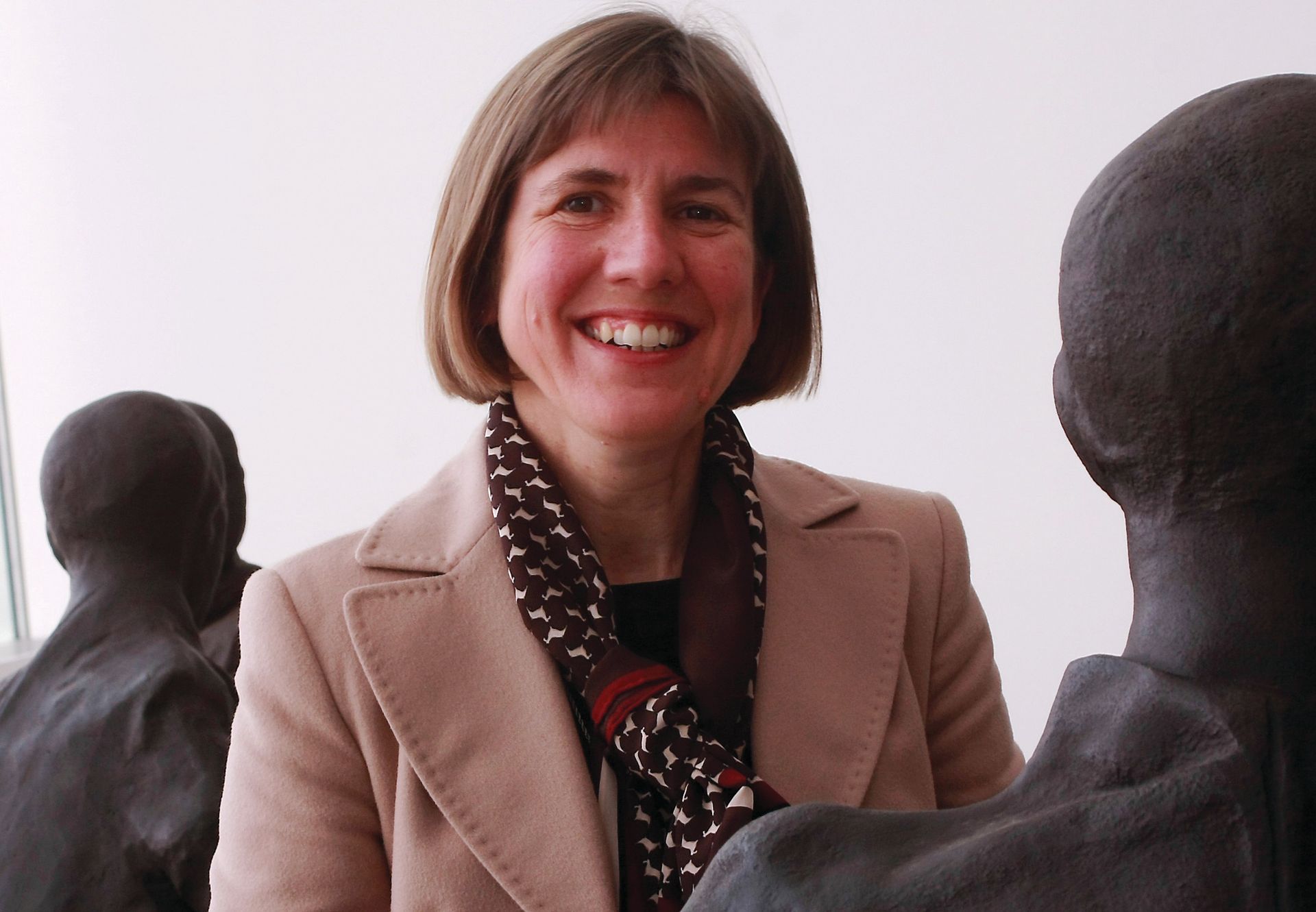
Victoria Pomery Director, Turner Contemporary
When the idea of a contemporary art gallery in Margate, Kent, was first mooted, it met with resistance. Turner Contemporary’s director, Victoria Pomery, recalls that “local people wanted an additional wing for the hospital, a new school, even an ice-skating rink”. She had to persuade people that an art gallery could drive regeneration “in the broadest sense of the word: not just physical regeneration, but education and learning”.
Turner Contemporary is now a beacon on Margate’s seafront: not just in its gleaming white building by David Chipperfield, but as a symbol of what can be achieved when an art gallery commits to embedding itself within its local community. The gallery welcomed its millionth visitor, years ahead of schedule, little more than two years after it opened in April 2011—and many of those visitors had never been to a gallery before.
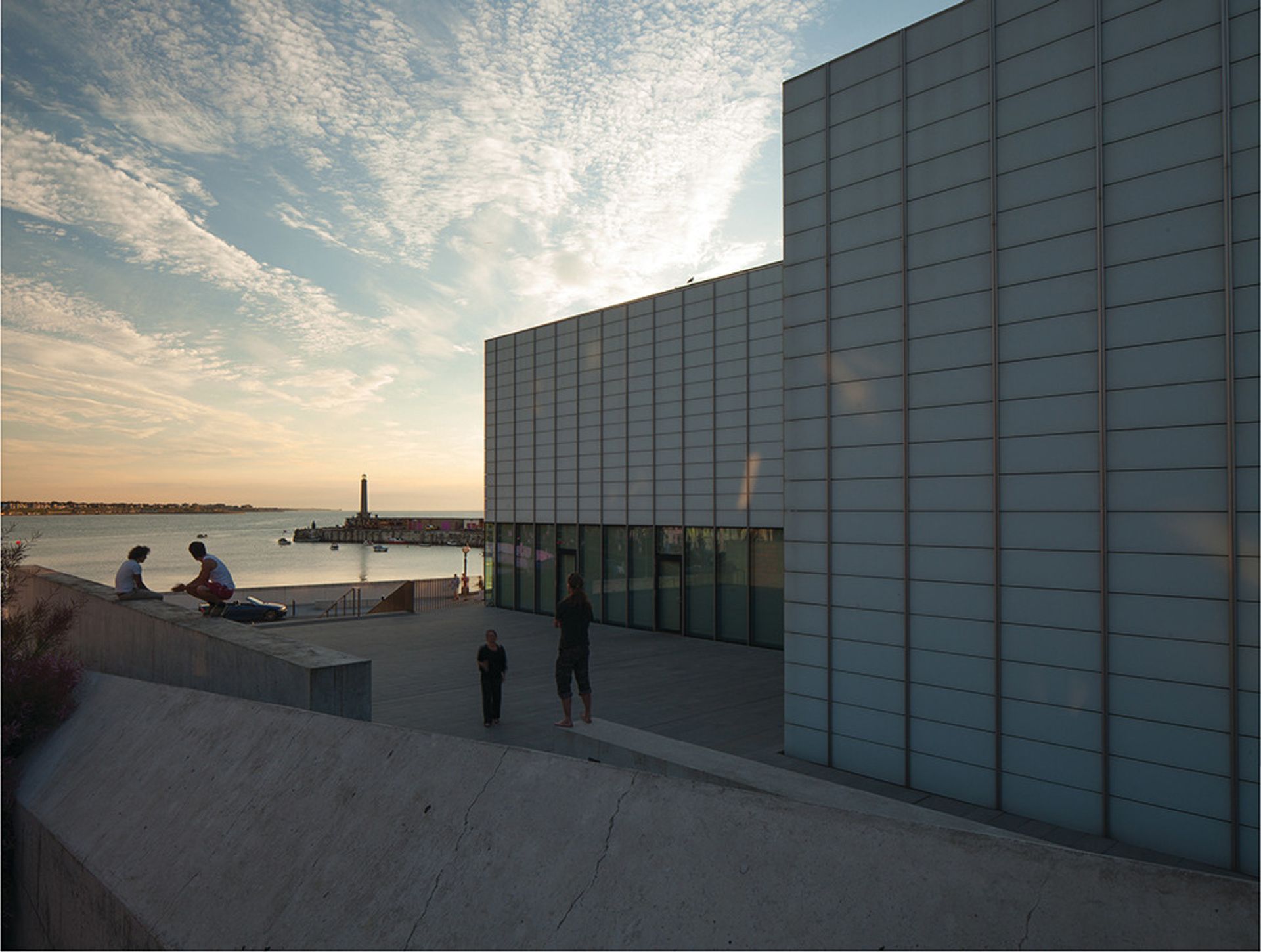
“We’ve had to think differently about the role of the cultural institution,” Pomery says. Conscious that many local people may not be familiar with artists, the gallery tells them about its programme months in advance, in events that inform how the curators present the work. But the gallery also aims to create an international reputation. Pomery says: “It helps to have relationships with national institutions; it gives confidence to lenders from abroad who may not know who we are. And we’re very lucky having David Chipperfield as our architect—that gives people a lot of confidence.”
Turner Contemporary, like many institutions, is “on standstill from the Arts Council”, Pomery says. Its main funder, Kent County Council, remains steadfast in support. The gallery recently achieved its “catalyst endowment” target, raising £1m from the private sector, which was then match-funded by the UK government. Pomery says that this “felt like a real achievement, because we only celebrated our fourth birthday in April”. Not bad, given that some would have preferred an ice-rink.
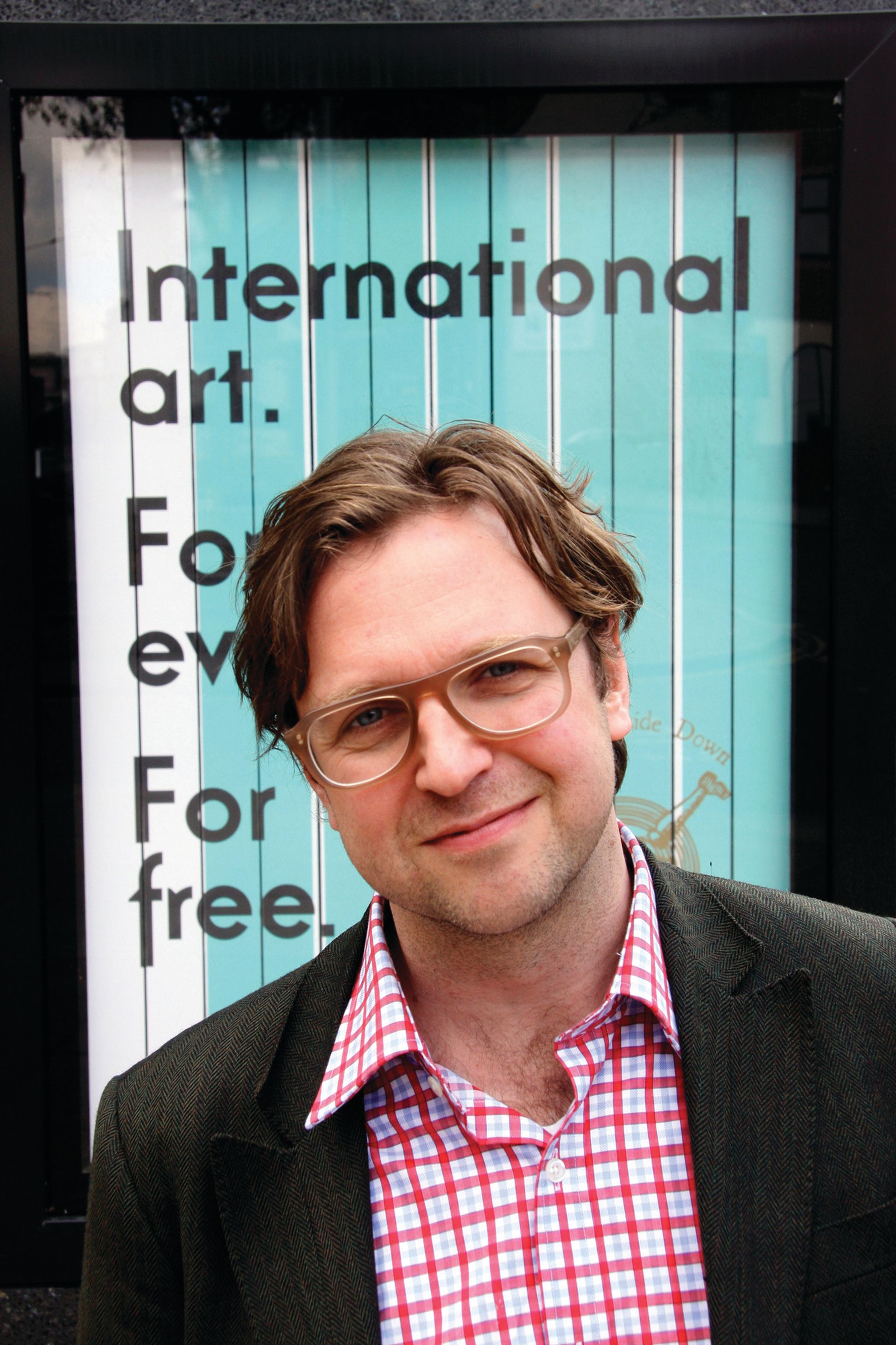
Alex Farquharson Director, Nottingham Contemporary
Nothing reflects Alex Farquharson’s success as the inaugural director of Nottingham Contemporary better than his recent appointment as the director of Tate Britain, a job he begins in November. In announcing his appointment, the Tate’s director, Nicholas Serota, praised Farquharson’s programme for “working closely with artists and reflecting history as well as the present”. As Farquharson says, “it’s interesting that we never had to do that—we are a contemporary art gallery, so the assumption is that the programme is of recent art. But we’re not limited by that.” A number of projects have fused the old and the new, including a recent show in which Pablo Bronstein chose more than 60 works from Chatsworth and made new works based on the historic house. “It reflects the fact that artists draw inspiration from different periods,” the director says.
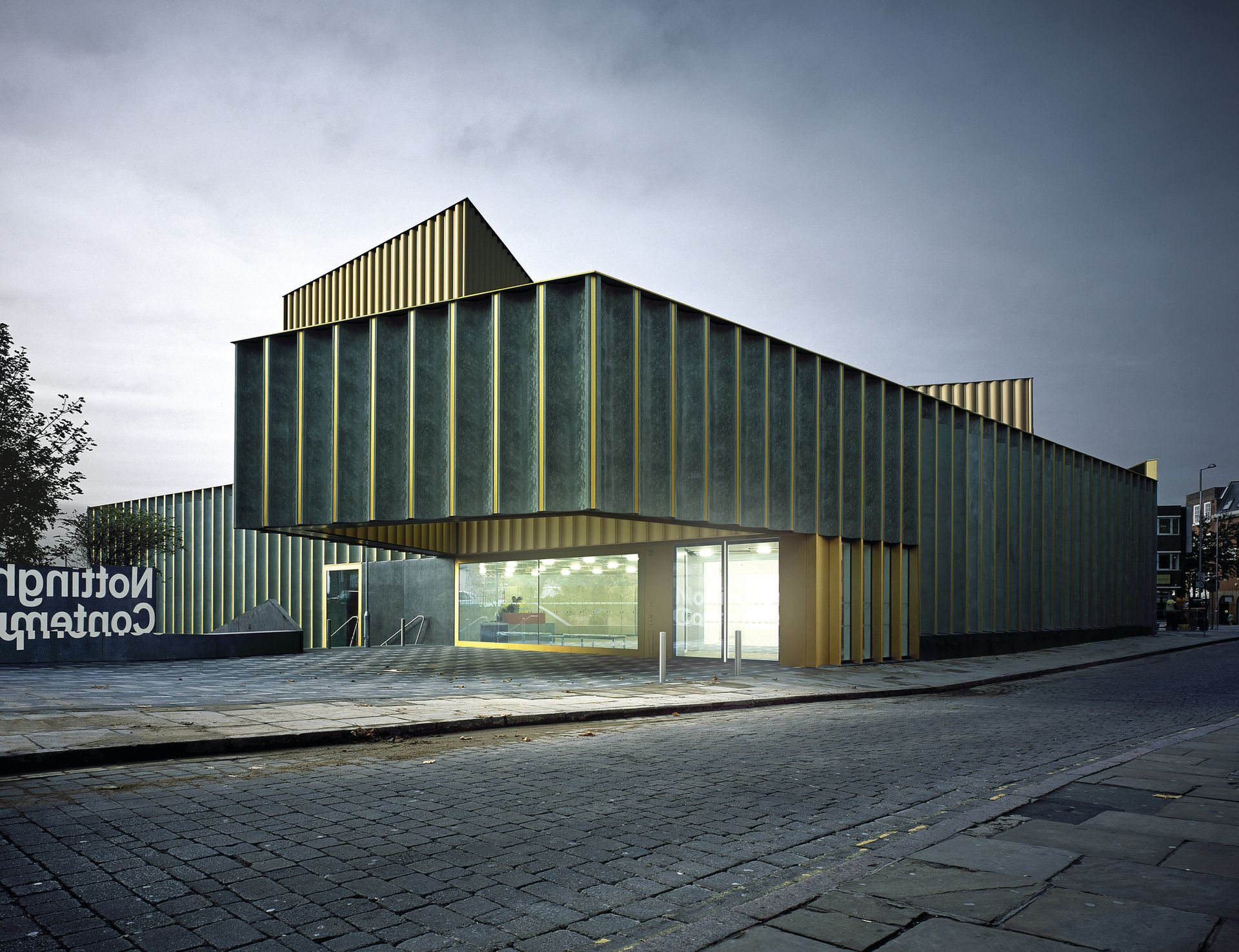
Like the Hepworth Wakefield and Turner Contemporary, Nottingham has benefited from its distinctive architecture. Designed by Caruso St John, it is clad with verdigris panels and gold anodised aluminium. “It’s a fantastic building,” Farquharson says, adding that “international visitors from the art world are struck by the sheer quality of the spaces”. He says that the building provided “a great challenge to live up to in terms of what the organisation and the programme could be”.
Farquharson says that the gallery has been able to absorb the cuts that have come its way—actual cuts from the local authority and a static grant from Arts Council England—through greater fundraising expertise and more efficient management. “But none of us quite knows what hand we are going to be dealt, do we? At the moment we are, relatively speaking, in quite a strong position, and we’ve worked very hard to retain it,” he says.
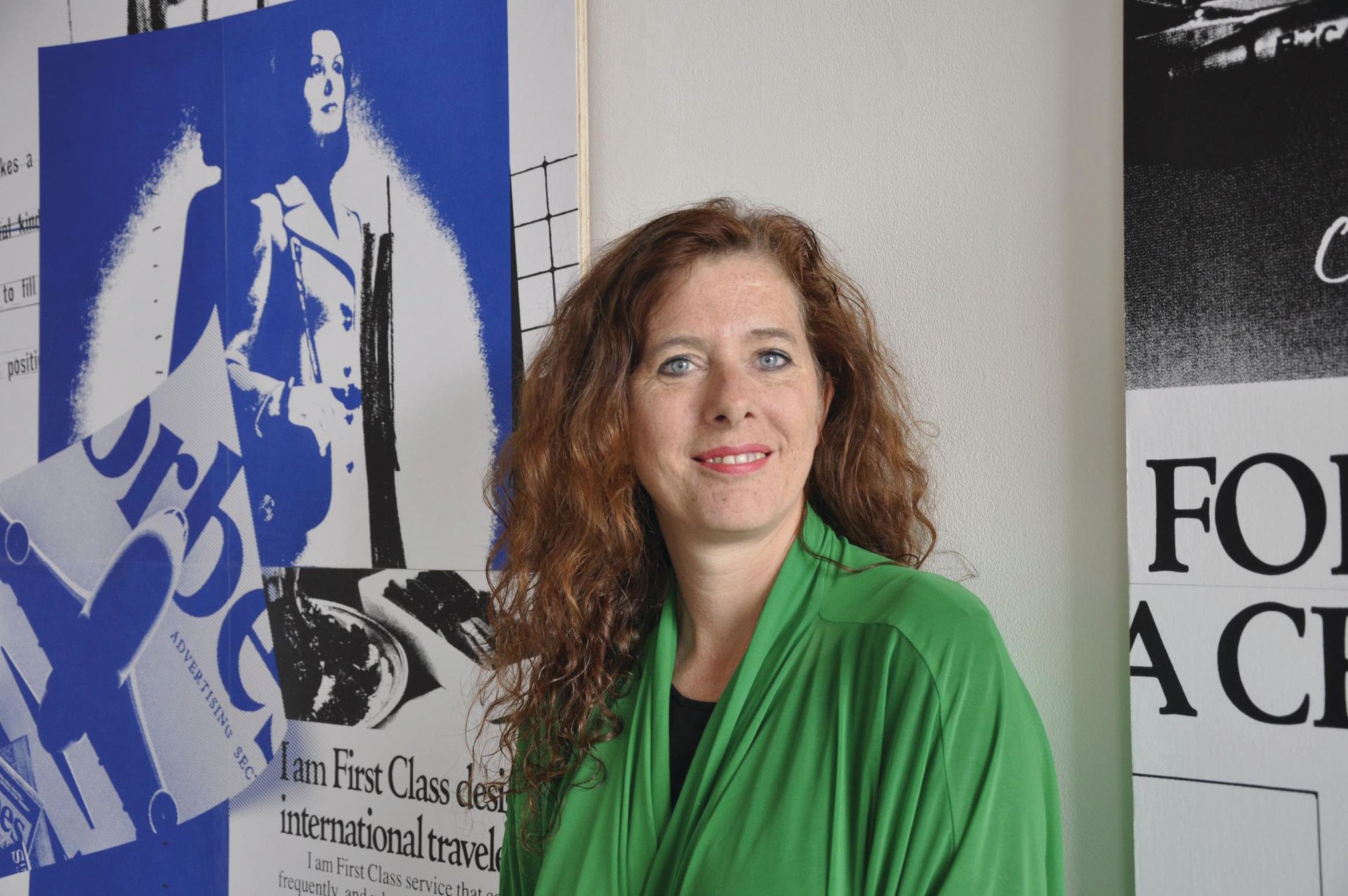
Sarah Munro Head of arts, Glasgow Life
There has been much excitement about the Turner Prize’s arrival this autumn at Tramway in Glasgow—a show that Sarah Munro is curating as the director of the exhibition space. It is one of a number of responsibilities she holds at Glasgow Life, which manages the Scottish city’s cultural assets.
It is a fitting venue, because Glasgow artists have increasingly dominated the award’s shortlists, and almost all of them—from Douglas Gordon to last year’s winner, Duncan Campbell—have shown at Tramway first. Glasgow is unique among UK cities in that its art scene rivals the capital’s. “This goes back in its history; the city has such a strong relationship with artists. Look at Charles Rennie Mackintosh,” Munro says.

The health of the city’s scene is “about that story continuing, and that is because the city keeps rejuvenating itself from the ground up”. She is passionate about ensuring that Tramway is not “about following something; we are about creating something”.
Munro argues that a creative institution must be able to take risks, and what she calls “the London-centricity of the arts press” may have helped. “That has been quite liberating, because it’s almost like we are allowed to flirt with failure; we’re allowed to be innovative and experimental,” she says. Those risks included giving young artists such as Nick Evans and Laura Aldridge exhibitions in the vast T2 gallery space at Tramway.
Munro is about to take up her first role outside Scotland, when she becomes the director of the contemporary art institution Baltic, in Gateshead, in November. Janet Archer, the chief executive of Creative Scotland, said at this year’s Edinburgh festival that “we are entering uncharted waters” in regard to funding, but Munro feels that she is leaving Tramway in “a really great place. There is a coherent vision for the city, and that is not just from me—but I have helped, hopefully, to shape that.”

